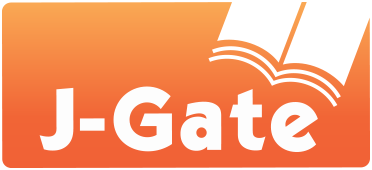English language-learning environments in COVID-19 era
EFL contexts, English-language environments, technology-based approach, English language learning
Keywords:
EFL contexts, linguistically-created conceptualizations, technology-based approach, the linguistic environment creating, the English language acquisitionAbstract
No doubt that English education is a complex process, and its successes depend on many variables. Of these, English language-learning environments for regular practice are commonly accepted as a prerequisite in the contexts of English as a foreign language (EFL). Unfortunately, the questions of what English language-learning environments exactly are and how these are to be implemented have not been well addressed. The present paper reviews the literature on the concept of English language-learning environments and identifies approaches for successful applications of those environments for English language education. The present paper contributes to the growing body of literature on foreign language education and draws special attention to English language teaching theories (ELT).
Downloads
Published
How to Cite
Issue
Section
License
Copyright
The copyright of all articles published in the AsiaCALL Online Journal (acoj) remains with the Authors, i.e. Authors retain full ownership of their article. Permitted third-party reuse of the open access articles is defined by the applicable Creative Commons (CC) end-user license which is accepted by the Authors upon submission of their paper. All articles in the acoj are published under the CC BY-NC 4.0 license, meaning that end users can freely share an article (i.e. copy and redistribute the material in any medium or format) and adapt it (i.e. remix, transform and build upon the material) on the condition that proper attribution is given (i.e. appropriate credit, a link to the applicable license and an indication if any changes were made; all in such a way that does not suggest that the licensor endorses the user or the use) and the material is only used for non-commercial purposes.
Authors retain copyright and grant the journal the right of first publication with the work simultaneously licensed under a Creative Commons Attribution 4.0 International License that allows others to share the work with an acknowledgment of the work's authorship and initial publication in this journal.
Authors are able to enter into separate, additional contractual arrangements for the non-exclusive distribution of the journal's published version of the work (e.g., post it to an institutional repository, in a journal or publish it in a book), with an acknowledgment of its initial publication in this journal.
Authors are permitted and encouraged to post their work online (e.g., in institutional repositories or on their website) prior to and during the submission process.








